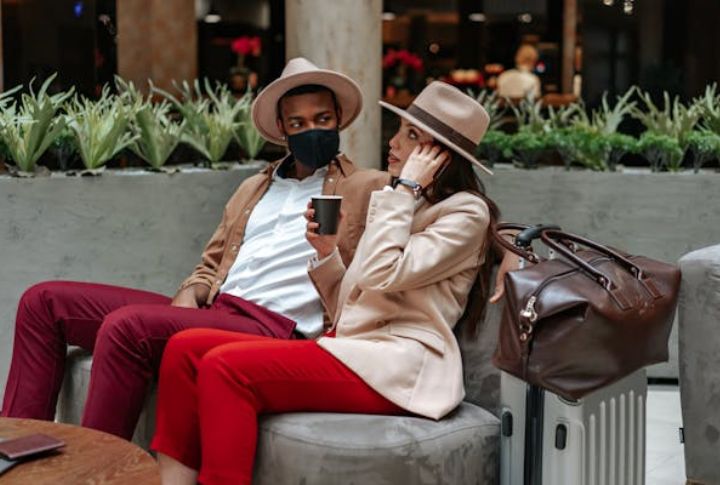
Airport lines don’t wait for fashion experiments or complex outfits. Every zipper, extra layer, or bulky fabric can slow down the process, potentially causing delays for others. These choices might seem harmless, but they can trigger sensors or draw unnecessary security attention. Knowing what not to wear is just as important as packing your passport.
Excessively Baggy Clothes
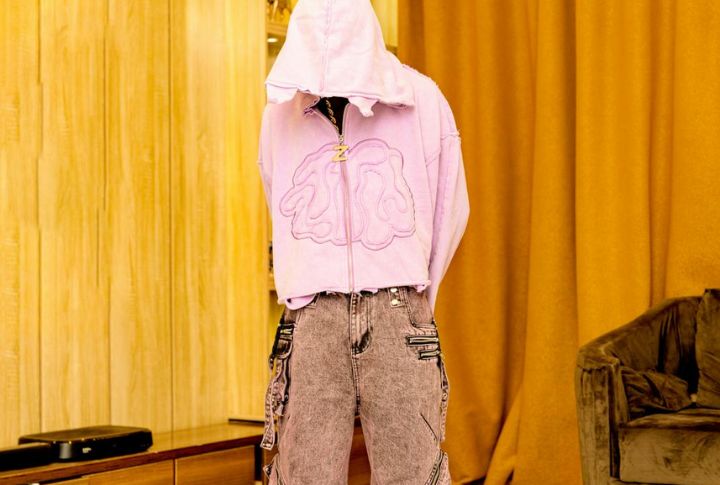
Baggy clothing might feel comfortable, but it raises red flags during security checks. Loose fabric can conceal prohibited items, triggering manual pat-downs or full-body scans. TSA procedures prioritize visibility and clarity of contour. It’s best to layer wisely and avoid outfits that heavily obscure these contours.
Clothes Without Pockets

TSA advises keeping ID and boarding passes easily accessible. Outfits without pockets make this challenging, leaving travelers to juggle essentials at checkpoints. Fumbling slows everyone down. SmarterTravel recommends wearing clothes with pockets to help you move smoothly through security without unnecessary hassle.
Complicated Footwear
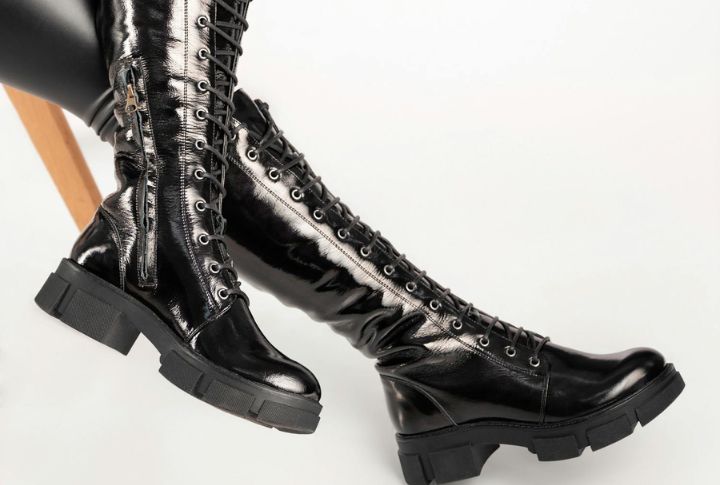
Lace-ups and knee-high zippers turn security bins into fashion obstacles. Airports like LAX report longer delays at footwear checkpoints during the winter and holiday travel season. If it takes more than 10 seconds to remove, it’s already slowing you down. Go practical—your future self will thank you.
Excessive Accessories

Layered necklaces, statement belts, or stacked bracelets might get flagged. Metal detectors and full-body scanners detect dense or metallic objects. Anything that disrupts the scanner’s ability to detect anomalies, like unusual shapes or hidden items, typically results in a pat-down or additional screening.
Rompers And Jumpsuits
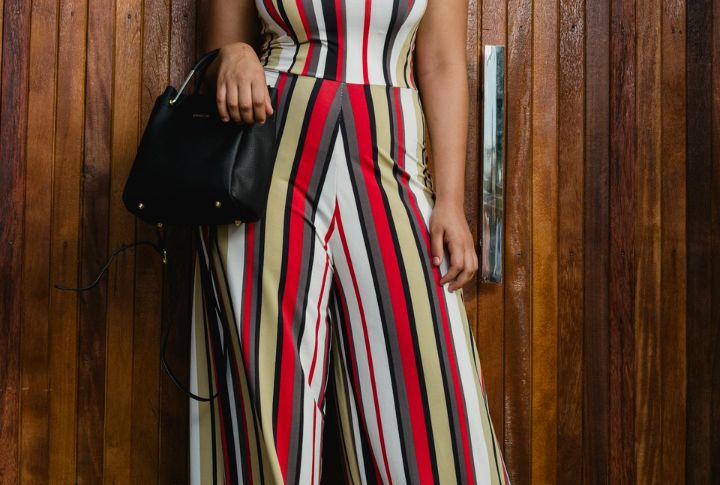
Explore.com notes that rompers and jumpsuits are inconvenient for both bathroom visits and TSA screening. If selected for additional screening, removing a one-piece outfit becomes awkward and time-consuming. Even flight attendants recommend you wear two-piece outfits instead.
Clothing With Provocative Language
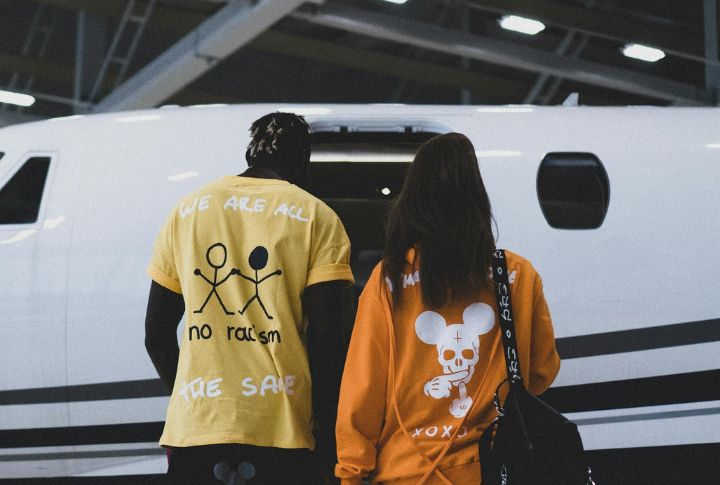
Graphic tees with profanity or political messages may trigger complaints from other passengers. TSA can refer such travelers to airline staff, and airlines can even deny boarding under their dress code policies. Travelers are encouraged to dress respectfully to avoid such unwanted delays.
Too Many Layers
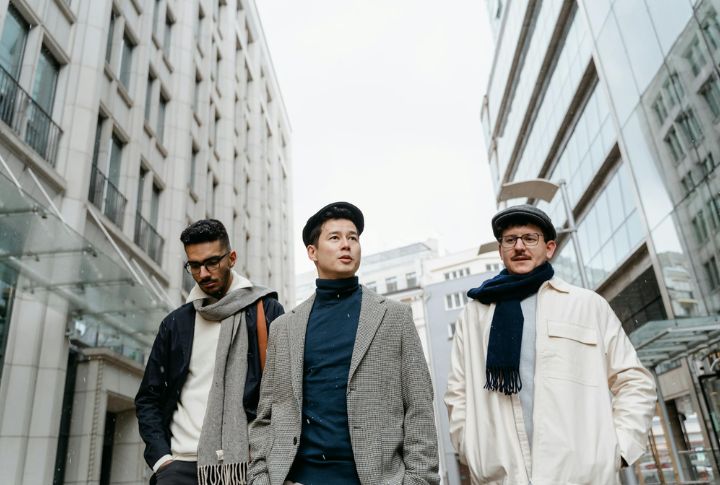
Winter travel makes layering essential, but to speed up security, consider wearing thinner, more flexible layers underneath your outerwear. Also, by packing bulky jackets and scarves in your carry-on bag instead of wearing them, you can minimize time at checkpoints and ease the screening process.
Fabrics With Sparkle Or Sequins

Metallic threads or sequins reflect scanning signals, often causing alarms. These false positives result in re-scans or pat-downs. TSA officers investigate reflective interference, especially around the torso. So, that sequin blazer may look sharp, but it’ll light up the scanner like a disco ball.
Overly Tight Outfits

Too tight clothing can distort scanner readings, prompting enhanced pat-downs. Compression fabrics, such as leggings or shapewear, can confuse millimeter-wave scanners by masking contours. In TSA procedures, any anomaly—even a benign one—requires clarification. Dress comfortably with simple, loose layers.
Cargo Pants
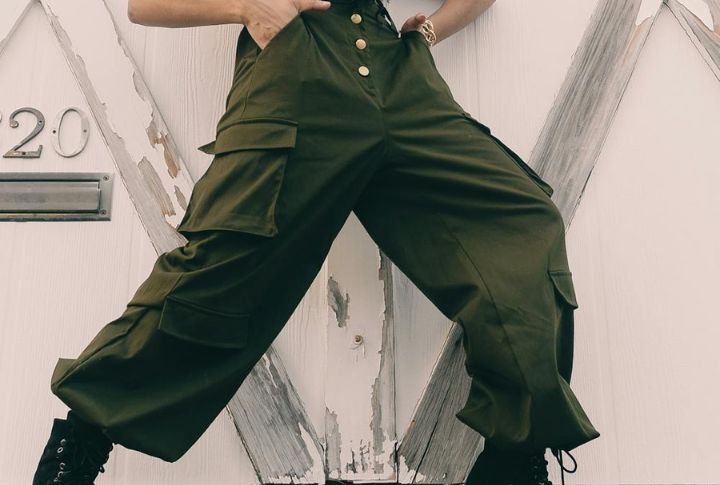
Pockets are convenient, but they must be emptied. Cargo pants, with six or more compartments, often hide forgotten items. The TSA’s standard instruction is to empty all pockets, with no exceptions. Even a pack of gum in a flap can mean stepping aside for extra screening. Streamline your style to save time.
